PROTECT YOUR DNA WITH QUANTUM TECHNOLOGY
Orgo-Life the new way to the future Advertising by AdpathwayAnalysis of Recent Federal Response to Portland Unrest
The deployment of BLACKHAWK helicopters by the Department of Homeland Security (DHS) represents a significant escalation in the federal response to ongoing unrest in Portland, Oregon. This move underscores the growing tensions between federal authorities and far-left militant groups, particularly those rallied around anti-government sentiments. As tensions escalated outside the U.S. Immigration and Customs Enforcement (ICE) facility, the situation demanded a formidable display of federal authority.
In recent years, Portland has not only been a site of protests but has transformed into a battleground. Groups like “No Kings” have spearheaded clashes with law enforcement, demonstrating increasingly aggressive tactics. Reports picture a scene where night standoffs devolve into violence, with projectiles and incendiary devices aimed at federal personnel. The use of heavy military-grade helicopters in domestic deployments is rare, highlighting the urgency of DHS’s response. Statements from officials indicate that the deployment was not merely a precaution but a direct reaction to perceived threats against federal personnel.
“The situation required heightened surveillance and rapid response capability,” noted a DHS official, emphasizing the need for a robust counter to aggressors employing intimidating strategies. This statement sheds light on the shift in dynamics; what began as protests centered on immigration policy has escalated to a safety issue for federal agents. Federal Protective Service personnel have been routinely engaging with demonstrators, often forced to resort to non-lethal measures to maintain order as activists employ tactics of destruction.
Historically, Portland has seen a rise in violent confrontations. Incident reports reveal that the ICE facility has faced over 43 assaults since the beginning of the year alone. The escalating number of these assaults has compounded the fear among federal officers, validating the federal government’s ramped-up security measures at the ICE site. As the unrest continues, it’s clear that the line between protest and domestic terror has begun to blur further. Former DHS Secretary Chad Wolf’s comments reflect a growing consensus that these actions have crossed into the realm of organized criminal activity.
Local residents have expressed their own concerns. The sentiments shared by Jack Monroe, a Portland construction worker, provide insight into community anxiety regarding the situation. His remark about the sound of sirens, shouting, and the unfamiliar sight of helicopters overhead indicates a withdrawal of the sense of safety typically expected in a neighborhood. Many residents feel that authority is slipping away amid constant clashes and escalating violence.
Data from DHS reinforces this community unease. With one-third of all attacks on federal personnel nationwide occurring in Portland, the federal response seems proportionate given the circumstances. The growing demand for security assistance and the increasing budget allocations for protective measures highlight the seriousness of the ongoing instability. Investing $87 million to bolster security in high-risk urban environments speaks volumes to the federal government’s acknowledgment of these threats.
Yet, as federal forces strengthen their presence, there is a lingering tension about the implications of such militarization. Critics warn that heavy-handed responses may only serve to inflame existing tensions. However, polling data indicates strong public support for vigorous protection of law enforcement, revealing a complex view among citizens about the safety of federal officers compared to community unrest. This divergence illustrates the challenge for local and federal officials: balancing the need for security without further exacerbating conflict.
As further demonstrations loom, federal agencies are preparing for potential disruptions while examining tactical protocols. Investigations into the coordination of protests through communication networks highlight an awareness of the organized nature of these movements. As one ICE official stated, “The safety of our officers is not negotiable.” This declaration reinforces DHS’s commitment to using all necessary means to safeguard its personnel. The aerial deployment of armed helicopters sends a clear message: the threshold for maintaining order in America has shifted, and federal authorities have adapted accordingly.
In summary, the situation in Portland illustrates a critical juncture in the ongoing struggle between federal law enforcement and anti-government movements. The use of military-grade resources to reinforce federal positions reflects not only a reaction to violence but also a broader commentary on the state of authority and public safety in the face of rising unrest. As events unfold, the implications of federal responses will resonate beyond the streets of Portland, shaping discussions on law enforcement, civil rights, and the limits of protest in America.
"*" indicates required fields


 2 days ago
7
2 days ago
7









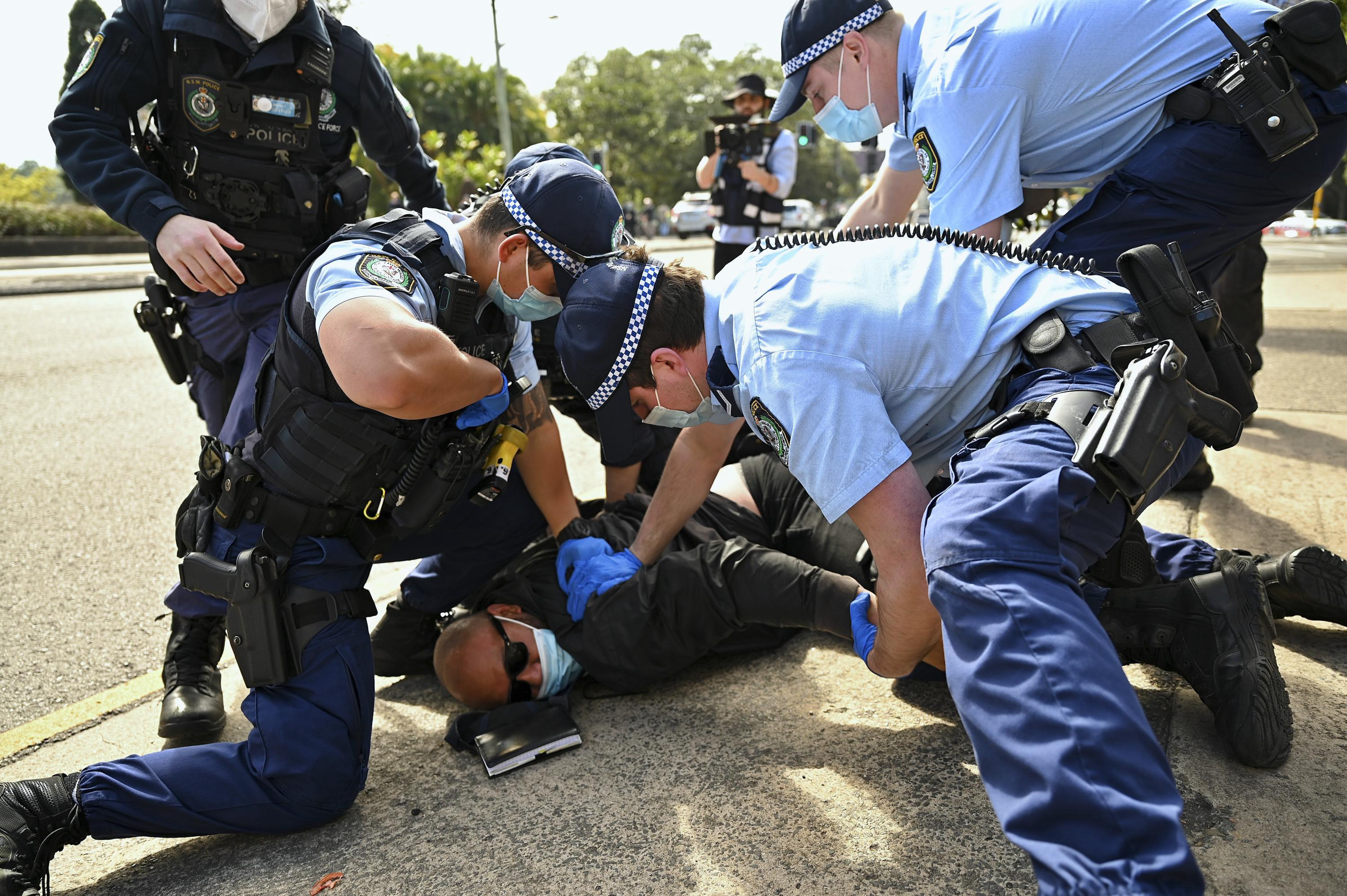




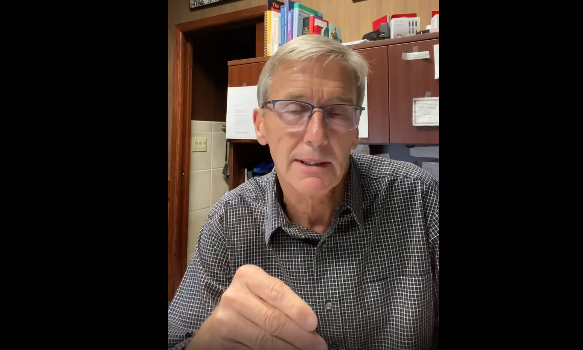
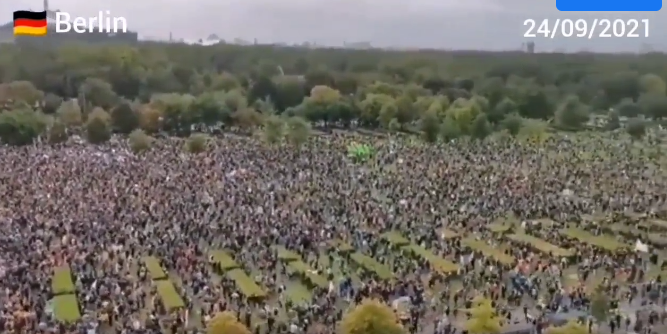
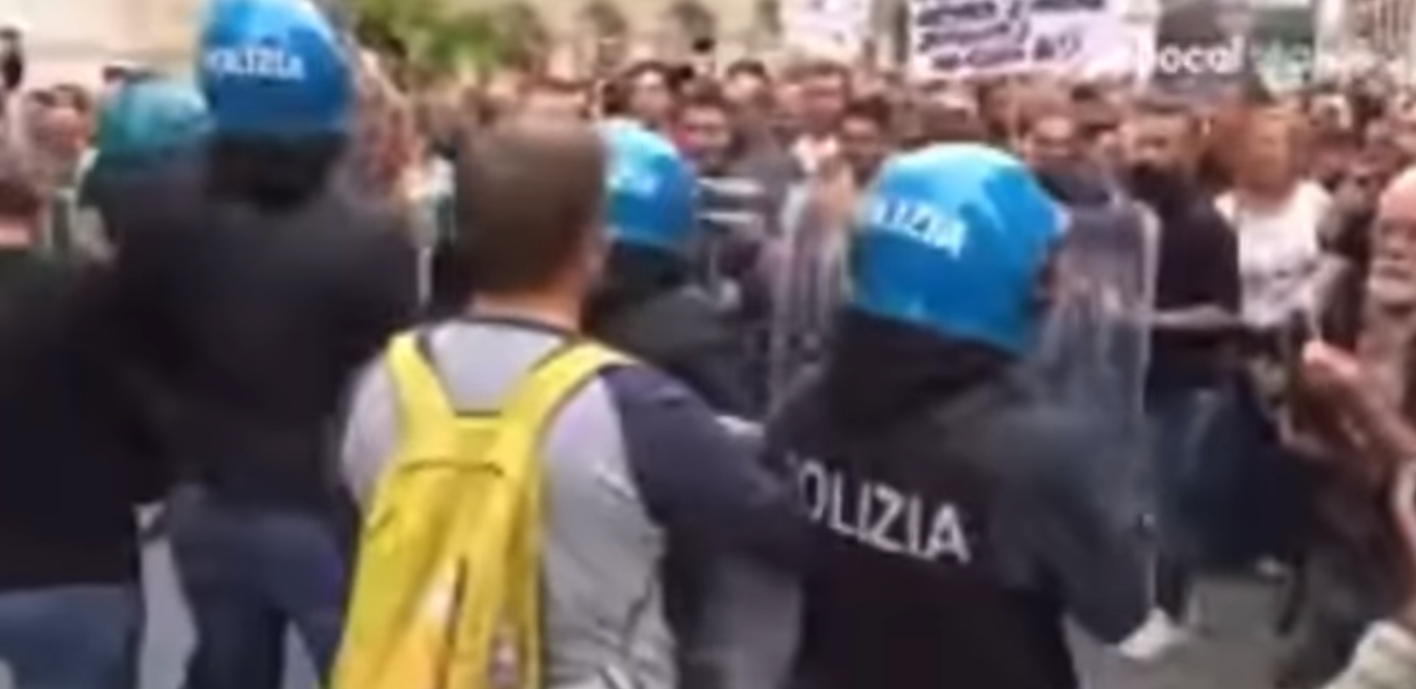

.jpg)

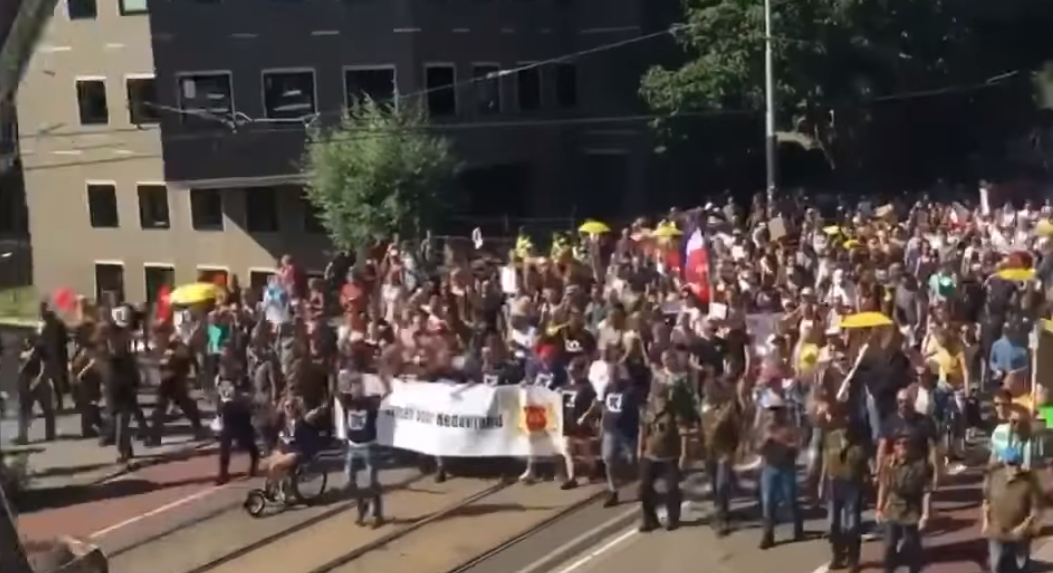
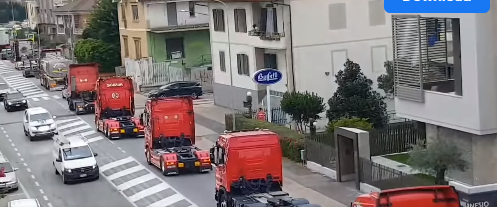
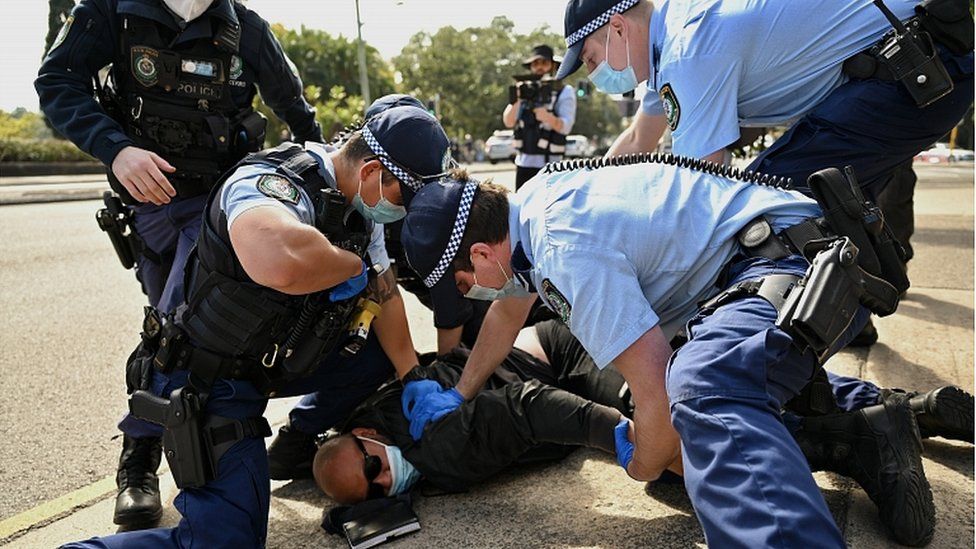
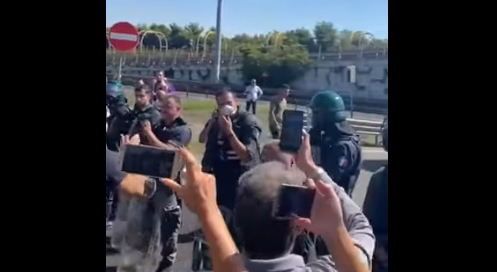

 English (US) ·
English (US) ·  French (CA) ·
French (CA) ·